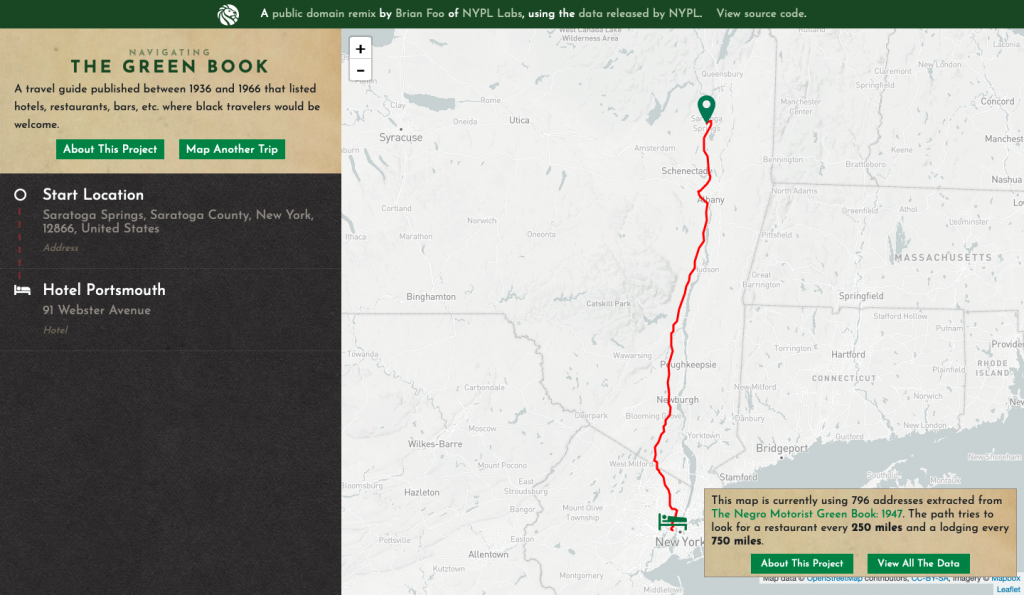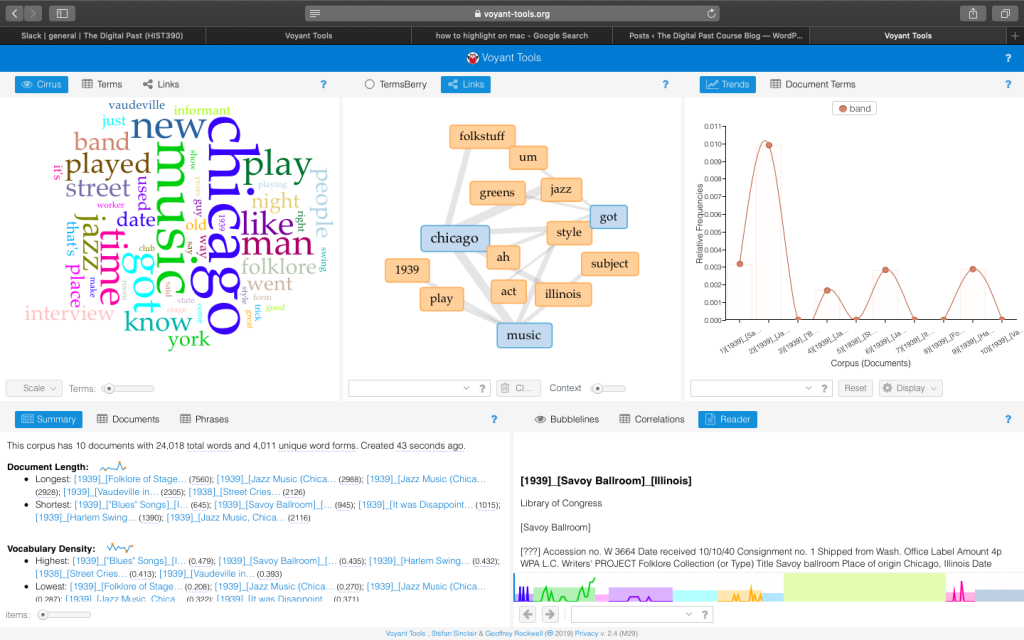I chose to focus on the Library of Congress collection, California Gold: Northern California Folk Music from the Thirties. I was shocked to see how many folks songs were available in the collection from so many different countries including Russia, Hungary, Finland, and Italy. I decided to hone in on Mexican American folk music because I wanted to create an expanded discussion on Mexican immigration to the United States, this time relating to the music. My historical question morphed into considering how Mexican American folk music in Mexican cultural settings on American soil is represented in the 1930s and 40s.
Sidney Robertson Cowell, a folk music collector in Northern California, partnered with the University of California, Berkeley and what is now the Library of Congress’ American Folklife Center, to comprise “35 hours worth of folk music recorded in 12 languages representing numerous ethnic groups and 185 musicians” from Northern California. 1 This collection of recordings is a continuation of the themes we’ve talked about in class, such as the recording of narratives from those who were once enslaved, accounts from migrant workers, and southern music being documented by the Lomax family. In creating these recordings, ethnographers of the 30s and 40s have made history readily available to future generations, while also using technology that was new for their time to further spread traditions to those unfamiliar.
As a part of music collected at the wedding of Ben and Rosa Figueroa on February 18, 1939 in Carmel, California, Cowell recorded a song performed by Mr. Figueroa, “Yo ando passando trabajo.” Cowell wrote in the dust jacket that Mr. Figueroa “didn’t want to sing this, but the Irish contractor for whom he works for was drunkenly insistent.” 2 In the recording, it seems like he’s is bothered by the fact that he’s performing a song at his own wedding that when translated from yo ando posando trabajo to English means, “I’m going to work.” You can hear his discomfort in what seems to be Mr. Figueroa’s choppy chords and unenthused singing.3. I think this situation is interesting to think about in terms of the BackStory podcast we listened to, “Border Controls: Policing Immigration in America.” Francisco Balderrama says that Mexicans and those of Mexican descent were expelled from America because of “the argument there’s not enough jobs, that jobs were for real Americans.” Additionally, with the hit of the Great Depression, Mexicans were seen as “foreign” and “unwanted” (Balderrama, 2018). 4 The fact that Mr. Figueroa is still in America celebrating his wedding means that some Mexican Americans were still able to make a living throughout the era of Mexican repatriation. However, it doesn’t seem as if he had much agency within his situation, especially if his employer was intoxicated and encouraging him to sing a song about work. It shows that despite being in America, some Mexican Americans still were beneath Americans of European descent.
Throughout this time, it also seems as if Mexican American musicians adopted European musical styles and performed them at Mexican celebrations. With the close proximity of various ethnic groups living together in Northern California, this mixing of cultures and traditions would’ve been easy. At the Figueroa wedding, the Anna Magdalena Waltz 5 was performed, which is named after Johann Sebastian Bach’s second wife. This, at the very least, shows German influences on Mexican folk music. Cowell wrote in the dust jacket that the orchestra was pleased with their performance because they were used to Mexican waltzes, which went “faster” than European ones 6. This diversity in music is referenced in Benjamin Filene’s Romancing the Folk: Public Memory and American Roots Music. In the chapter “Searching for Folk Music’s Institutional Niche,” Filene says that folk music became the “embodiments of America’s strength through diversity” (Filene, 2000, p. 133) 7. Thanks to new recording technology, Mexican Americans and those of Mexican descent were able to expose themselves to new genres of music while also having their own music shared within the United States, and beyond. Yet, it only seemed like their music was of concern, oppose to their actual livelihoods.






